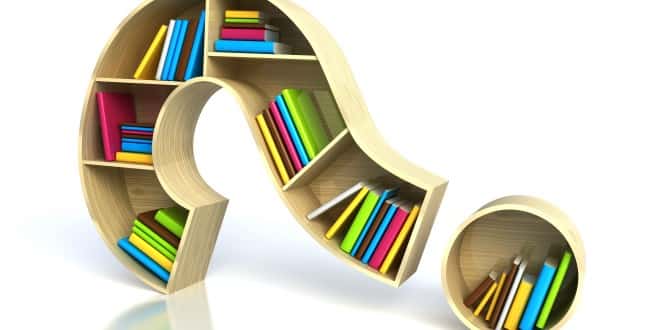Charles’ Law
The Temperature-Volume Relationship
Charles’ Law
French chemist Jacques Charles discovered that the volume of a gas at constant pressure changes with temperature.
As the temperature of the gas increases, so does its volume, and as its temperature decreases, so does its volume.
C h a r l e s ’ L a w
The law says that at constant pressure, the volume of a fixed number of particles of gas is directly proportional to the absolute (Kelvin) temperature, mathematically expressed as:
V = kT
Charles’ Law
V = kT
V = Volume
k = Charles’ Law constant of Proportionality
T = Temperature in Kelvins
Explanation
Raising the temperature of a gas causes the gas to fill a greater volume as long as pressure remains constant.
Gases expand at a constant rate as temperature increases, and the rate of expansion is similar for all gases.
Example
If the temperature of a given amount of gas is doubled, for example, its volume will also double (as long as pressure remains unchanged).
2V = 2kT
Charles’ Law
Charles’ Law can be modified to a convenient form by solving for k.
k = V / T
Charles’ Law
In a sample with volume V1 & temperature T1, changing either volume or temperature converts these variables to V2 and T2.
V1 / T1 = k = V2 / T2
Therefore:
V1 T2 = V2 T1
Demonstration of Charles’ Law
Relationship of Boyle’s Law and Charles’ Law
Practical Applications
…

